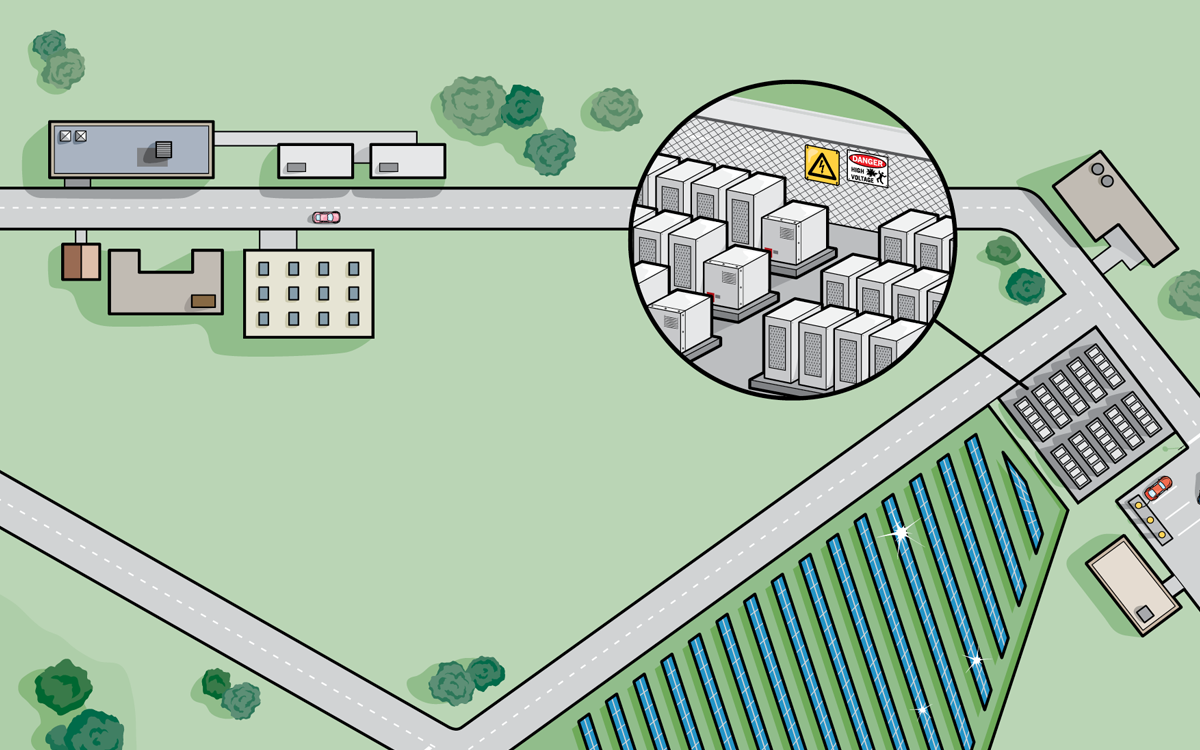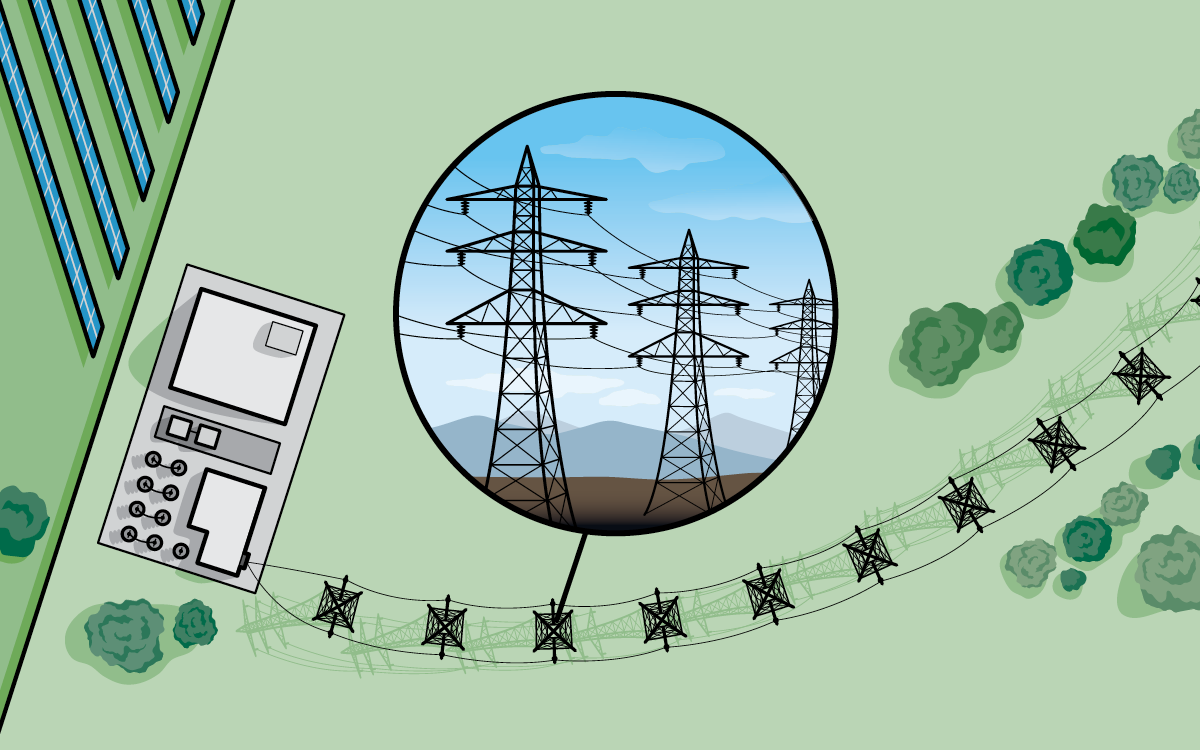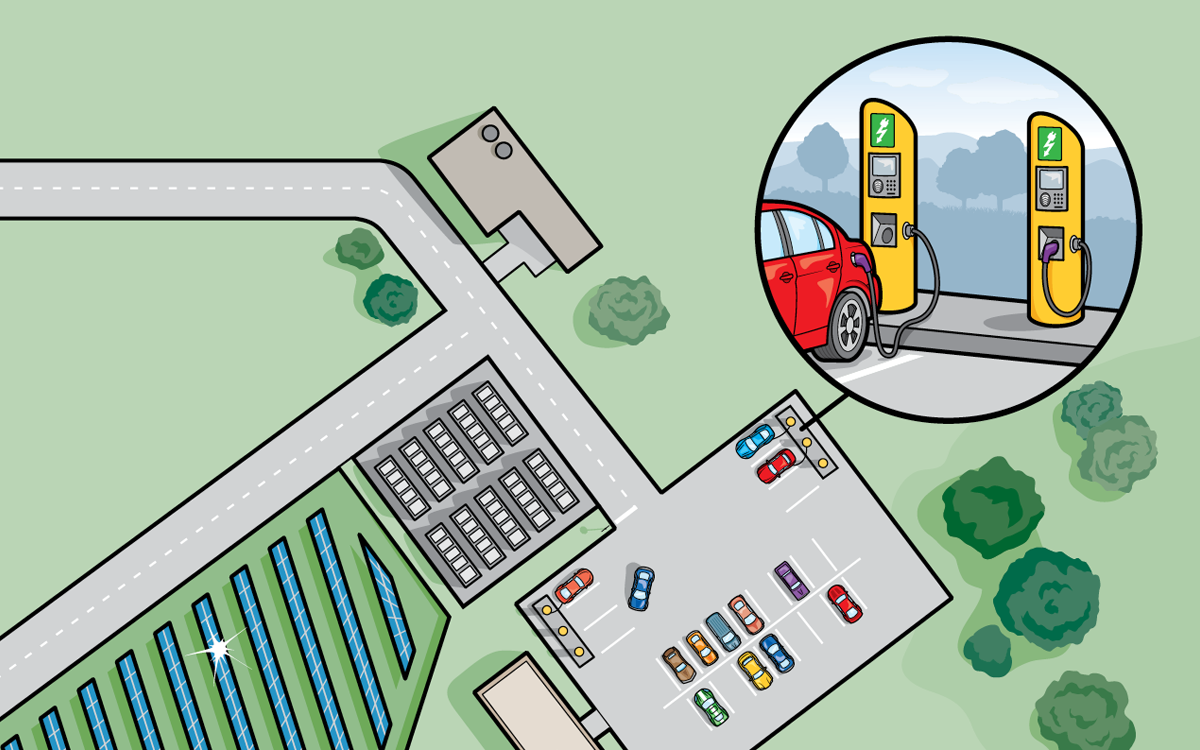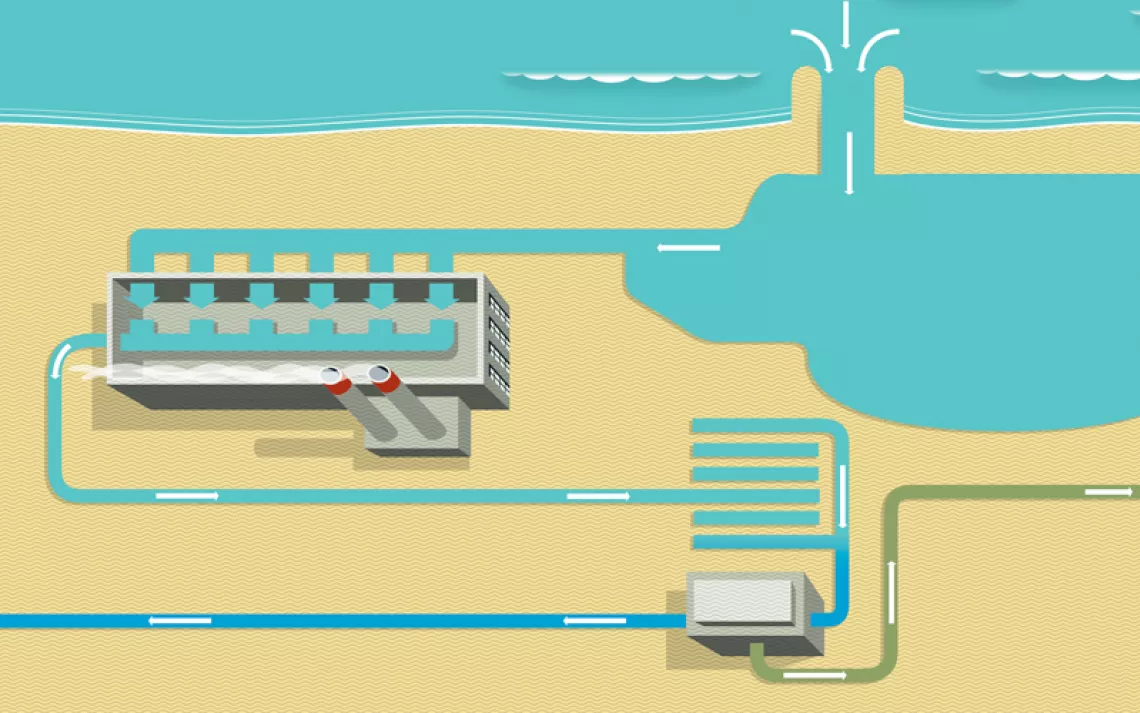Preparing for Disaster While Making Electricity
Most microgrids run on diesel generators, but a solar microgrid makes its own fuel
Humboldt County, California, is at the end of the line, electrically speaking. Earthquakes, floods, landslides, and wildfires cut off utilities—and roads—into the area. PG&E, the state's largest utility, has begun preemptively cutting power when the fire risk along the path of its transmission lines is high.
So, Redwood Coast Energy Authority, a coalition of local governments working on sustainable energy projects, teamed up with Schatz Energy Research Center at Humboldt State University to build a microgrid to keep the power on for critical operations—and sell electricity directly to local ratepayers when all is well.
A microgrid is complicated for technological and legal reasons. When this one is completed in 2021, it will be the first of its kind and a working example of how other regions can subsidize disaster preparedness by getting into the renewable energy business.

The microgrids that hospitals and labs use for emergencies rely on diesel generators. A solar microgrid produces power even when there isn't a crisis. This 2.2-megawatt array, connected via a DC coupler to a 2.2-megawatt battery system, will automatically detach and run autonomously when the larger grid goes down.

Because the microgrid is being installed near the end of a transmission line, when the power goes out, the Redwood Coast Energy Authority will become the electricity provider for the airport and a few buildings on the other side of the line, like the Coast Guard station. You don't have to be at the end of a distribution line to build a microgrid, but it does make the connection simpler.

Connecting and disconnecting from the grid isn't easy under current utility rules. Similar projects in California either are owned by a utility (like in Borrego Springs, where the microgrid is operated by San Diego Gas & Electric) or involve buying and maintaining all the infrastructure—including poles and high-voltage lines—that a utility would (like the microgrid at Blue Lake Rancheria, built by a local tribe). The Humboldt project will ideally help more microgrids bloom across the state.

Visitors who charge electric vehicles in the Humboldt airport parking lot will help balance the microgrid, since their batteries will provide additional energy storage.
This article appeared in the November/December 2020 edition with the headline "A Microgrid of One's Own."
 The Magazine of The Sierra Club
The Magazine of The Sierra Club



